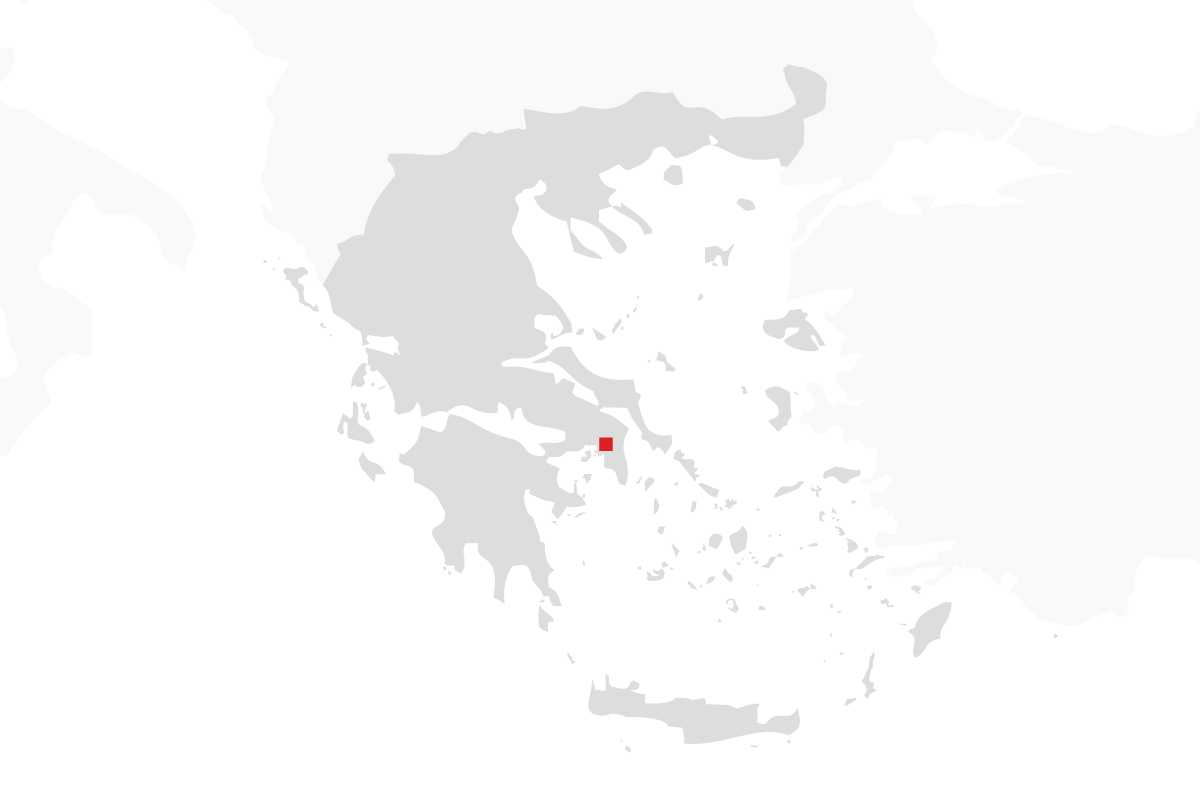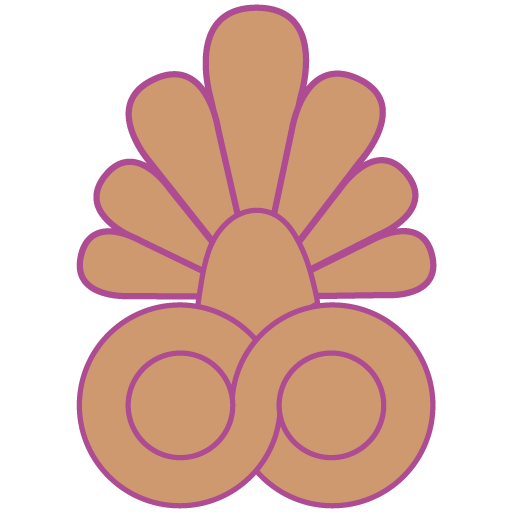The Kritios Boy (or Kritian Boy). Marble. 1.17 m (3 ft 10 in) tall. Believed to be the creation of Kritios, the teacher of Myron. Circa 480 BCE. It was found in two parts at the Acropolis of Athens, Greece, in 1865 and 1888
The Kritios boy belongs to the Late Archaic period and is considered the precursor to the later classical sculptures of athletes.
With the Kritios Boy the Greek artist describes the human body with a greater degree of realism than previous known sculptures, understanding how the underlying system of a rigid skeletal structure, soft muscles, and flexible skin interact to affect the outer appearance.
The statue supports its body on one leg, the left, while the right one is bent at the knee in a relaxing state. This stance forces a chain of anatomical events as the pelvis is pushed diagonally upwards on the left side, the right hip relaxes, the spine acquires an “S” curve, and the shoulder line dips on the left to counteract the action of the pelvis (contra-posto).
The Kritios Boy exhibits a number of other critical innovations that distinguish it from the Archaic Kouroi statues that paved its way.
The muscular and skeletal structure are depicted with unforced life-like accuracy, with the rib cage naturally expanded as if in the act of breathing, with a relaxed attitude and hips which are distinctly narrower.
As a final fore bearer of the classical period, the “smile” of Archaic statues has been completely replaced by the accurate rendering of the lips and the austere expression that characterized the transitional, or “Severe” period from the Archaic to the Classical era.
Related Pages




